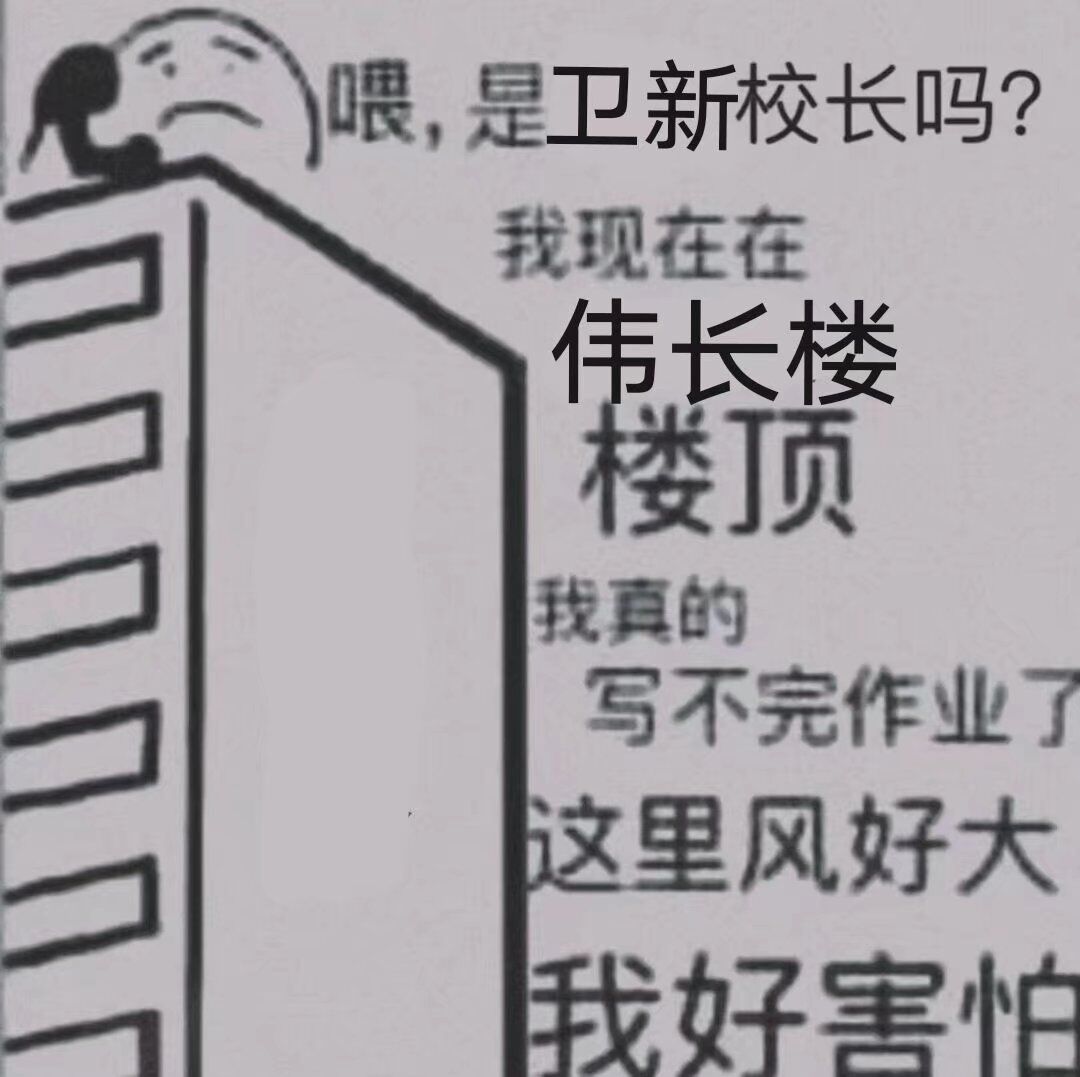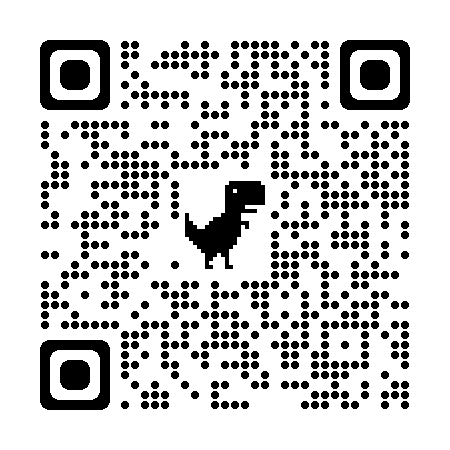我在很久很久以前,似乎给这篇文章发过预告(似乎还是在那篇Markdown语法里面,前年发的了),那我决定把这个坑给填了。
graph LR
A(Markdown语法)-->B[Hexo网站, 手写网站]-->C>鸽了一学期]-->D{WSL与Ubuntu}-->E((Markdown与Mermaid));
A-.本可以!.->E;
项目官网:Mermaid
如果你想要在Hexo+Next中渲染Mermaid图表,请参见本文最后一章。
1. 流程图
刚刚你已经看到了一个流程图了。可以看出,一个流程图分三部分:方向、节点和连线,每一个属性都可以自定义。
1.1 方向
每一个Markdown编辑器的语法可能略有差别,这里我拿通用的Mermaid的官方语法来讲。首先,每个图表都要用
1 2 3 |
``mermaid graph `` |
来标记。下文为了方便,就都不写出来了。
注:为了不让Mermaid渲染,我在上面少打了一个`,需要自己补齐
方向有以下四种:
LR:Left-Right左→右RL:Right-Left右→左TB:Top-Bottom上→下BT:Botton-Top下→上
每个流程图的第一行就要标记方向:
1 | graph LR/RL/TB/BT |
然后Mermaid没有那么高级,不支持即左到右,又上到下的复杂图。
1.2 节点
Mermaid中使用不同的括号标记节点形状:
| 样式 | 代码 | 样式 | 代码 |
|---|---|---|---|
| 默认 | A |
菱形 | I{Name} |
| 方框 | B[Name] |
长条六边形 | J{{Name}} |
| 圆角矩形 | C(Name) |
平行四边形 | K[/Name/] |
| 胶囊 | D([Name]) |
反平行四边形 | L[\Name\] |
| 子方框 | E[[Name]] |
梯形 | M[/Name\] |
| 圆柱(数据库) | F[(Name)] |
反梯形 | N[\Name/] |
| 圆 | G((Name)) |
子圆框 | O(((Name))) |
| 旗子 | H>Name] |
↑ | 子圆框、六边形可能不受支持 |
graph LR
A---B[Name]---C(Name)---D([Name])---E[[Name]]---F[(Name)]---G((Name));
H>Name]---I{Name}---J---K[/Name/]---L[\Name\]---M[/Name\]---N[\Name/];
我个人觉得还是很形象的,尤其是四边形这一块。那个J{{Name}}在本地渲染的出来,可是在线上就没了,不知道为什么。
1.3 连线
在Mermaid中,共有3种线型、4种箭头,你可以选择箭头的单、双向,并在连线上添加文本。这么一算,就是48种线型(当然这也取决于你使用的编辑器和Mermaid版本)。中间部分的长度可以调节连线的长度。这里就不一一给大家展示了。
graph TB;
A1 --- B1
A2 === B2
A3 -.- B3
A4 --> B4
A5 --o B5
A6 --x B6
A7<--> B7
A8 -- Text! --- B8
A9 ---- B9
| 线型 | 代码 | 箭头 | 代码 | 效果 | 代码 |
|---|---|---|---|---|---|
| 实线 | --- |
三角 | --> |
两边箭头 | <-->等 |
| 粗实线 | === |
圆形 | --o |
文本 | -- Text ---等 |
| 虚线 | -.- |
叉号 | --x |
加长线条 | ----等 |
1.4 子图
子图的意思是把一个完整的图分为很多小部分,然后互相有联系,基本的语法是:
1 | subgraph title |
举个例子:
flowchart LR
c1-->a2
subgraph one
a1-->a2
end
subgraph two
b1-->b2
end
subgraph three
c1-->c2
end
one --> two
three --> two
two --> c2
1.5 最终效果
最后给一个完整的例子:
1 | graph LR |
graph LR
A[Hard edge] -->|Link text| B(Round edge)
B --> C{Decision}
C -->|One| D[Result one]
C -->|Two| E[Result two]
1 | graph LR |
graph LR
A[Start] --> B{Is it?}
B -- Yes --> C[OK]
C --> D[Rethink]
D --> B
B -- No ----> E[End]
2. 时序图(Sequence)
可能大家见过这样一组对话:
sequenceDiagram
Alice->>John: Hello John, how are you?
John-->>Alice: Great!
Alice-)John: See you later!
这种展现对话的方法叫做时序图,sequence diagram。主要特征,就是多个参与者participant和会话内容分别平行。
2.1 基础语法
1 | sequenceDiagram |
首先sequenceDiagram标志这是时序图。然后我们要规定这张图里边有哪些参与者participant,这里则是Alice和Bob。最后就可以加入对话了。
2.1.1 participant和actor
默认情况下使用participant命令会把人名用一个方框框起来,如果你不想这样的话,可以试试actor命令:
sequenceDiagram
actor Alice
actor Bob
Alice->>Bob: Hi Bob
Bob->>Alice: Hi Alice
其次就是一个简写,如果你觉得人名过长的话,可以使用简写alias:
1 | sequenceDiagram |
sequenceDiagram
participant A as Alice
participant J as John
A->>J: Hello John, how are you?
J->>A: Great!
这样多个字符的人名就可以简化为一个。
2.1.2 线型
时序图的线型会比流程图简单一点,只有8种:
| 线型 | 代码 |
|---|---|
| 实线 | -> |
| 带箭头的实线 | ->> |
| 虚线 | --> |
| 带箭头的虚线 | -->> |
带x的实线 |
-x |
带x的虚线 |
--x |
| 带圆角箭头的实线 | -) |
| 带圆角箭头的虚线 | --) |
sequenceDiagram
actor A as Alice
actor B as Bob
A->B: Hello!
B->>A: Hi!
A-->B: How are you today?
B-->>A: Fine, thx, and you?
A-xB: I'm great!
B--xA: Want to go to the movies?
A-)B: Of course!
B--)A: Let's go!
1 | sequenceDiagram |
2.2 标志会话范围
在谈话过程中可能会发生话题的转移。这里有两种方式来标志话题的范围:
2.2.1 (de)activate
activate命令可以这么写:
1 | sequenceDiagram |
或直接在箭头后添加符号+或-:
1 | sequenceDiagram |
效果都是
sequenceDiagram
Alice->>+John: Hello John, how are you?
John-->>-Alice: Great!
它也可以层叠使用:
sequenceDiagram
Alice->>+John: Hello John, how are you?
Alice->>+John: John, can you hear me?
John-->>-Alice: Hi Alice, I can hear you!
John-->>-Alice: I feel great!
2.2.2 背景颜色
sequenceDiagram
participant Alice
participant John
rect rgb(191, 223, 255)
Alice->>+John: Hello John, how are you?
rect rgb(200, 150, 255)
Alice->>+John: John, can you hear me?
John-->>-Alice: Hi Alice, I can hear you!
end
John-->>-Alice: I feel great!
end
Alice ->>+ John: Did you want to go to the game tonight?
John -->>- Alice: Yeah! See you there.
1 | sequenceDiagram |
在这个里面rect指令配合end使用就可以对某个区域进行背景高亮。颜色用rgb()来添加。
2.3 思考¬e
sequenceDiagram
Alice->John: Hello John, how are you?
Note right of John: thinking...
Note over Alice,John: A typical interaction
1 | sequenceDiagram |
这个图里面有两种note,一个是在某人一侧的,一种是横跨几个人,分别用Note left/right of和Note over.
2.4 循环、选择、平行
循环和选择的语法类似。循环表示一直回复某消息:
sequenceDiagram
Alice->John: Hello John, how are you?
loop Every minute
John-->Alice: Great!
end
1 | sequenceDiagram |
首先用loop来标志一个循环,后面写上间隔。最后搭配end来标志循环结束。
选择则是一种条件语句:
sequenceDiagram
Alice->>Bob: Hello Bob, how are you?
alt is sick
Bob->>Alice: Not so good :(
else is well
Bob->>Alice: Feeling fresh like a daisy
end
opt Extra response
Bob->>Alice: Thanks for asking
end
1 | sequenceDiagram |
这里alt标志选择,搭配else使用。opt则标志option,额外的、可选的消息。
平行则是指某人同时发出消息:
sequenceDiagram
par Alice to Bob
Alice->>Bob: Hello guys!
and Alice to John
Alice->>John: Hello guys!
end
Bob-->>Alice: Hi Alice!
John-->>Alice: Hi Alice!
1 | sequenceDiagram |
par标志parallel,平行,搭配and使用。
3. 甘特图
甘特图比较复杂,我个人也没太研究懂,这里放一张总图:
gantt
dateFormat YYYY-MM-DD
title Adding GANTT diagram functionality to mermaid
excludes weekends
section A section
Completed task :done, des1, 2014-01-06,2014-01-08
Active task :active, des2, 2014-01-09, 3d
Future task : des3, after des2, 5d
Future task2 : des4, after des3, 5d
section Critical tasks
Completed task in the critical line :crit, done, 2014-01-06,24h
Implement parser and jison :crit, done, after des1, 2d
Create tests for parser :crit, active, 3d
Future task in critical line :crit, 5d
Create tests for renderer :2d
Add to mermaid :1d
Functionality added :milestone, 2014-01-25, 0d
section Documentation
Describe gantt syntax :active, a1, after des1, 3d
Add gantt diagram to demo page :after a1 , 20h
Add another diagram to demo page :doc1, after a1 , 48h
section Last section
Describe gantt syntax :after doc1, 3d
Add gantt diagram to demo page :20h
Add another diagram to demo page :48h
1 | gantt |
4. 饼图
Mermaid中的饼图可谓是最简单的了。举个例子:
1 | pie |
只要有具体数字,Mermaid就会自动计算百分比。
pie
title Key elements in Product X
"Calcium" : 42.96
"Potassium" : 50.05
"Magnesium" : 10.01
"Iron" : 5
5. Git分支图
Git分支图支持以下几个命令:commit、checkout和cherry-pick。每个commit会被给予一个独特的ID(就像真正的Git一样),你可以调整它的类型(Reverse和Highlight),给它tag,例如:
gitGraph
commit
commit id: "Normal" tag: "v1.0.0"
commit
commit id: "Reverse" type: REVERSE tag: "RC_1"
commit
commit id: "Highlight" type: HIGHLIGHT tag: "8.8.4"
commit
1 | gitGraph |
可以添加多个分支:
gitGraph
commit
commit
branch develop
commit
commit
commit
checkout main
commit
commit
merge develop
commit
commit
1 | gitGraph |
你甚至可以模拟出超大仓库的git树:
gitGraph
commit
branch hotfix
checkout hotfix
commit
branch develop
checkout develop
commit id:"ash" tag:"abc"
branch featureB
checkout featureB
commit type:HIGHLIGHT
checkout main
checkout hotfix
commit type:NORMAL
checkout develop
commit type:REVERSE
checkout featureB
commit
checkout main
merge hotfix
checkout featureB
commit
checkout develop
branch featureA
commit
checkout develop
merge hotfix
checkout featureA
commit
checkout featureB
commit
checkout develop
merge featureA
branch release
checkout release
commit
checkout main
commit
checkout release
merge main
checkout develop
merge release
6. 在Hexo+Next中渲染Mermaid
这算是对我Hexo网站教程的一个补充,当时没有想到自己需要渲染Mermaid,就没有写。这里简略的说一下,和之前的逻辑差不多。
首先npm安装hexo-filter-mermaid-diagrams,随后在主题配置文件中找到mermaid,把enable调成true,就可以启用功能。如果你想要尝试最新的功能,可以往下,找到
1 | # Mermaid |
把@8调成最新的版本(写作时是@9),就可以使用一些新功能。
终于,把之前的一个大坑填完了。
THE END感谢您的阅读~

